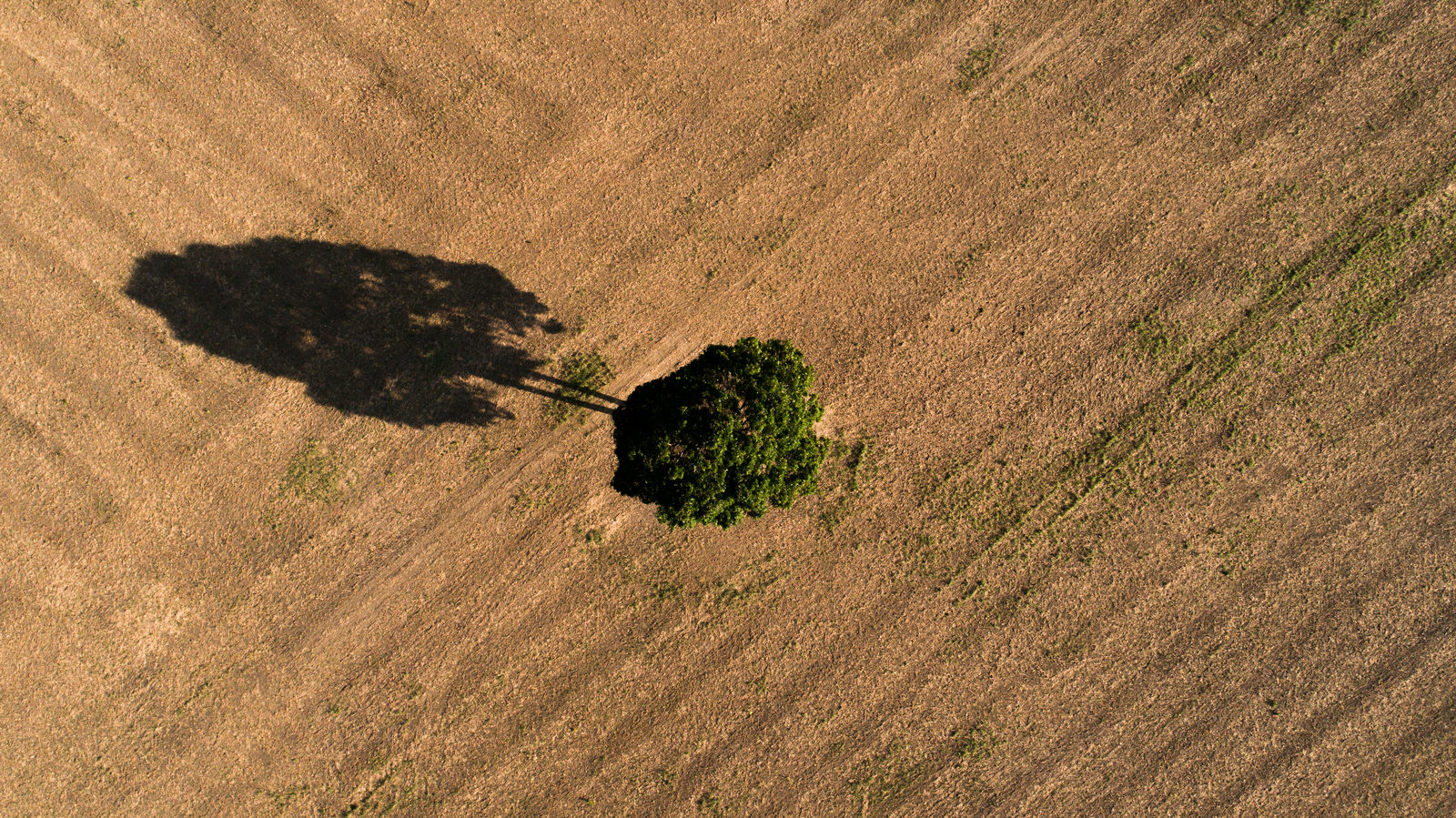David and Goliath in the Forest
Small farmers of the Amazon discover that it’s not necessary to own a big farm to respect the environment.
By Peri de Castro Dias
Ilson Martins Silva is a small farmer in São Félix do Xingu, and the Director of Cappru, the area’s leading cooperative focused on cacao farming. His farm is less than 250 acres – a small farm, by the Brazilian government’s classification – but he fits a lot into them, ranching from a lifetime of memories to a new approach to agriculture.
“My dad bought this land 22 years ago. I liked fishing with him; we caught a lot of fish. There were a lot of forests then, a lot of green.” Thirty-one years old, Ilson has seen the region where he grew up change dramatically. Since the 1990s, unplanned expansion of ranching activities and other activities have eliminated a significant part of the Forest, without improving living conditions for small landowners. On the contrary, influenced by the region’s culture of deforestation, many landowners replaced forests with pasture – but now they struggle to make a living. To make ranching profitable here, you need good technique, as well as economies of scale, which are impossible on a small property.
“The government and banks encouraged deforestation. If you applied for a loan, they would only give it if you had cleared half your land. They said that was the only way you were prepared for growth.”
A not very sweet beginning
Realizing they needed to find another way to make a living, Ilson’s dad and a few of his colleagues founded Cappru – the Alternative Cooperative of Small Rural and Urban Farmers of São Félix do Xingu (Cappru). Working together, the founding families were better able to negotiate for credit, get better prices on supplies, and share lessons on new cultivars – like cocoa.
Ilson’s family pioneered cacao farming in São Felix. Ilson remembers that his dad spent three years trying to get the loan he needed to start, and only succeeded in getting a loan because he kept a few head of cattle on the farm – the only activity the bank considered a source of funding to pay off the debt.
“Even the other farmers would tell my dad, ’you’re crazy, you think I’m going to give up cattle to plant cacao trees?’”
But the venture prospered and remains the family’s main source of income. Other farmers began to grow cacao, once it proved to be profitable, establishing itself as a more sustainable alternative to ranching.
Profitability is also what brought Cappru to focus on cacao expansion as a priority – and when he is not working on his own farm, Ilson spends his time explaining the advantages of cacao production to other farmers.
As if they were thin soldiers finding out how to compete with well-equipped giants – the plot of the biblical story of David and Goliath – the small farmers of São Félix do Xingu found out that the right economic strategy could help them survive, in a place where scale is a powerful advantage.

Earning six times more
By Ilson’s count, five hectares in the region (about 12 acres) will support eight head of cattle and provide income of $2,400 per year. The same hectare will support 5,200 cacao trees, which yield $8,000 per harvest, once a year. And, cacao grows well in shade, allowing farmers to plant other trees on the same land. Alternating cacao trees with taller fruit trees, for example, can bring income of as much as $16,000 per year – more than six times the income provided by cattle, and farmers gain an opportunity in protecting forests, since they will not need to convert new forest areas into pasture.
“I haven’t cut down any forest in five years, because we know that if we don’t take care of the forest, it’s the water from the springs that will disappear. A lot of farmers already know that, but they don’t have the opportunity to work without removing forest.”
Power to change
To provide that opportunity, Cappru partners with The Nature Conservancy. With support from USAID, The Nature Conservancy is leading a broader effort to transition to a greener economy in São Félix based in part on REDD+ (Reduced Emissions from Land Degradation and Deforestation – an approach that addresses climate change through land use choices; the “+” refers to community benefits).
One of the pillars of this program is to improve the quality of life of local residents – a goal that led directly to work with cacao farmers and others on green agriculture and forest restoration on stream and river banks.
“Cappru’s technicians can’t keep up with the demands of farmers. The Nature Conservancy is going to help us teach them how to work better.”
Another important contribution will be to facilitate the access of the farmers to the cocoa trade market. TNC is working along with Cargill, an international producer and marketer of food, agricultural, financial and industrial products and services, and Ceplac, an agency for cocoa harvest improvements, managed by the Brazilian Ministry of Agriculture.
Their common goal is to strengthen the producers’ capacity to produce cocoa in a sustainable way, so that they have the opportunity to be consistent suppliers, in a market in which demand grows faster than supply.
Saving for retirement
Ilson is already making plans to make his own farm more sustainable. Without technical guidance, Ilson’s father did not plant shade trees along with his cacao. With the Conservancy’s support, Ilson is planning to increase his own farm’s productivity using better techniques.
“I want to restore forest on my land because, beyond recovering the area in environmental terms, it will increase my income. Cacao trees last more than 30 years and, after that, I can still manage trees for timber sustainably, and grow a retirement fund.”
Support Our Work
Working Toward a Sustainable Future for People and Nature in Brazil.



